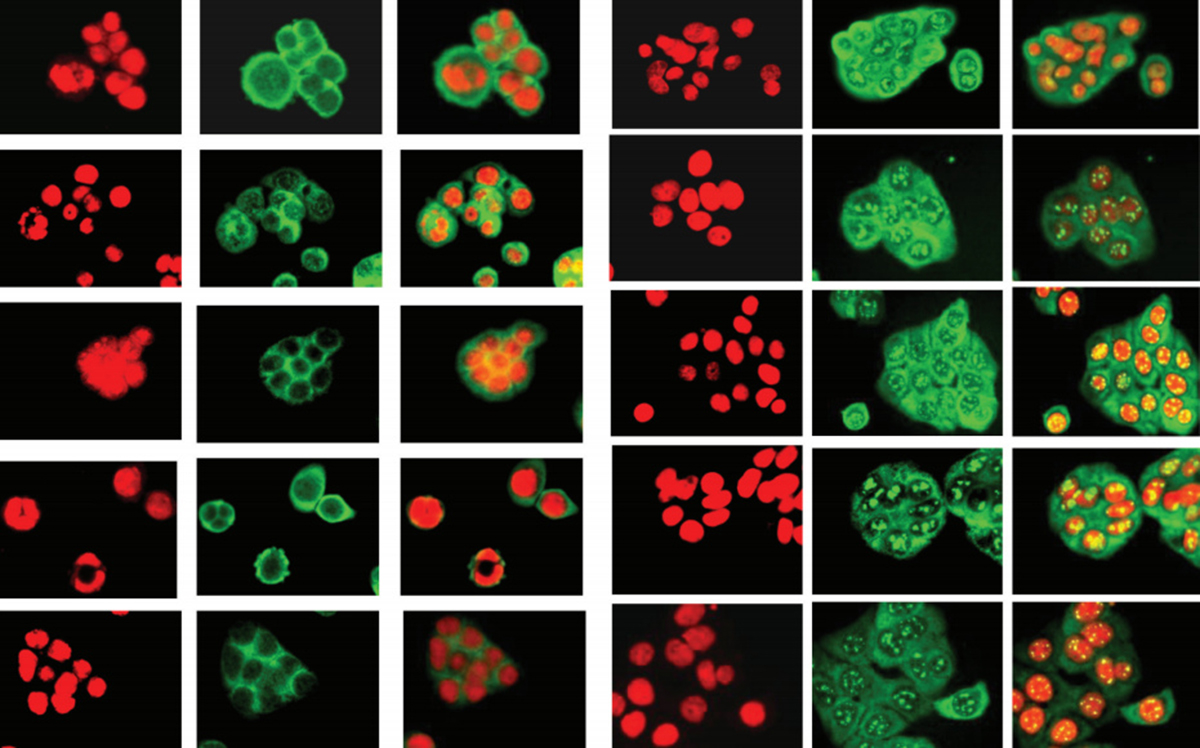Table of Contents
One of the newest discoveries of molecular biology is the existence of retrons, sequences of "junk" DNA that serve to record the experiences of a cell. Researcher Timothy Lu at the Massachusetts Institute of Technology believes that these DNA fragments, known to exist in E. coli bacteria, may also exist in humans and hold the potential to explain health and disease in an exciting new way.

Retrons Record Cellular History
Dr. Lu and his MIT colleague Dr. Fahim Farzadfard discovered that retrons encode the instructions for making still more DNA when the cell is exposed to certain events, such as ultraviolet light or a toxic chemical. If the cell survives the event, these new strands of DNA are incorporated into the genome. Lu and Farzadfard still haven't explained precisely how the cell acts differently after its DNA is changed, but they recognize that these strands of DNA create a kind of diary inside the cell. By locating the new DNA sequences, scientists can tell what the cell has been through.
How can this provide useful information? In terms of looking at a single cell, there isn't a lot to be learned. But in terms of looking at groups of cells, retrons begin to tell a story. Not every cell is exposed to the same stimulus. If an ultraviolet light shines into the Petri dish where millions of E. coli cells live, for example, some will get a stronger dose than others. Their retrons will change first. If the light continues to shine, more and more E. coli will have changes in their retrons that record the event. Analyzing the number of changes in groups of cells will tell the scientist how long the light has shone or how bright it is.
Of course, we don't really care a lot about the health of E. coli cells growing in a Petri dish. But we do care, say, about the health of tissues composed of cells that make up our own skin.
The next time the beach goer spends the day in the sun without sunscreen, more skin cells will change their DNA. Looking at the DNA of one skin cell wouldn't tell the dermatologist a lot about the beach goer's history of sun exposure, but looking at the DNA at a thousand skin cells (out of tens of billions that make up the skin) might tell the doctor a lot.
See Also: Young Drinkers Damage DNA
Analog, Not Digital
When retrons are analyzed in groups of cells, they begin to offer much more useful information. One cell's retron tells whether the cell has been exposed to an event or not. A larger group of cells retrons, studied together, may reveal not just whether a damaging event has occurred, but how long, and how much. Dr. Cameron Myhrvold at Harvard University's Wyss Institute for Biologically Inspired Engineering likens this effect to an old-style tape recorder. A digital recording captures a sound or doesn't, but a tape recorder captures the strength or weakness of the sound reaching it.
- Barras C. Cells act like old tape recorders to monitor health. New Scientist. 13 November 2014.Photo courtesy of Libertas Academica via Flick: www.flickr.com/photos/libertasacademica/6852655590
- Photo courtesy of Bobby McCruff via Flickr: www.flickr.com/photos/cuyp/3101103922

